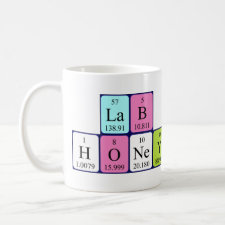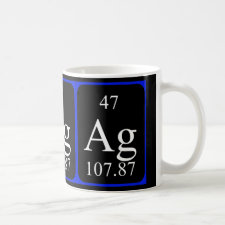
Authors: Chen EZ, Su HJ, Tan TW
Article Title: Antimicrobial properties of silver nanoparticles synthesized by bioaffinity adsorption coupled with TiO2 photocatalysis.
Publication date: 2011
Journal: Journal of Chemical Technology & Biotechnology
Volume: 86
Issue: (3)
Page numbers: 421-427.
DOI: 10.1002/jctb.2533
Abstract: Abstract BACKGROUND: On the basis of effective bioaffinity adsorption of Ag+, silver nanoparticles (Ag NPs) were synthesized on the surface of chitosan-TiO2 adsorbent (CTA) by TiO2 photocatalysis for crystal growth.
RESULTS: Among the microstructure characterizations of the resulting silver nanoparticles- loaded chitosan-TiO2 adsorbent (Ag-CTA), X-ray diffraction (XRD) and scanning electron microscopy (SEM) equipped with energy dispersive X-ray (EDX) revealed the formation of metallic Ag on the CTA, which was further confirmed by the surface plasmon resonance of Ag NPs in the UV-visible absorption spectrum. The underlying mechanism behind the formation of Ag NPs on the CTA by TiO2 photoreduction was studied by Fourier transform infrared (FTIR) spectroscopy. The distinctive feature of Ag-CTA after adsorption was the highly efficient antimicrobial activity in inactivating different test strains. In the case of Escherichia coli, 1.50 mg 1.67 wt% Ag-CTA could totally inhibit 1.0 - 1.2 x 107 colony forming units (CFU) in 100 mL nutrient medium, which was superior to that previously reported.
CONCLUSIONS: CTA effectively adsorbed the precious metal ion Ag+ onto active imprinting sites on the adsorbent and then exerted efficient antimicrobial effects against diverse microbes. This research will be useful for designing a novel CTA-based wastewater treatment for multi-functional performance. Copyright © 2010 Society of Chemical Industry
Template and target information: silver ions, Ag+
Author keywords: silver nanoparticle, chitosan-TiO2 adsorbent, Photocatalysis, bioaffinity imprinting adsorption, antimicrobial activity, wastewater treatment



Join the Society for Molecular Imprinting

New items RSS feed
Sign-up for e-mail updates:
Choose between receiving an occasional newsletter or more frequent e-mail alerts.
Click here to go to the sign-up page.
Is your name elemental or peptidic? Enter your name and find out by clicking either of the buttons below!
Other products you may like:
 MIPdatabase
MIPdatabase









